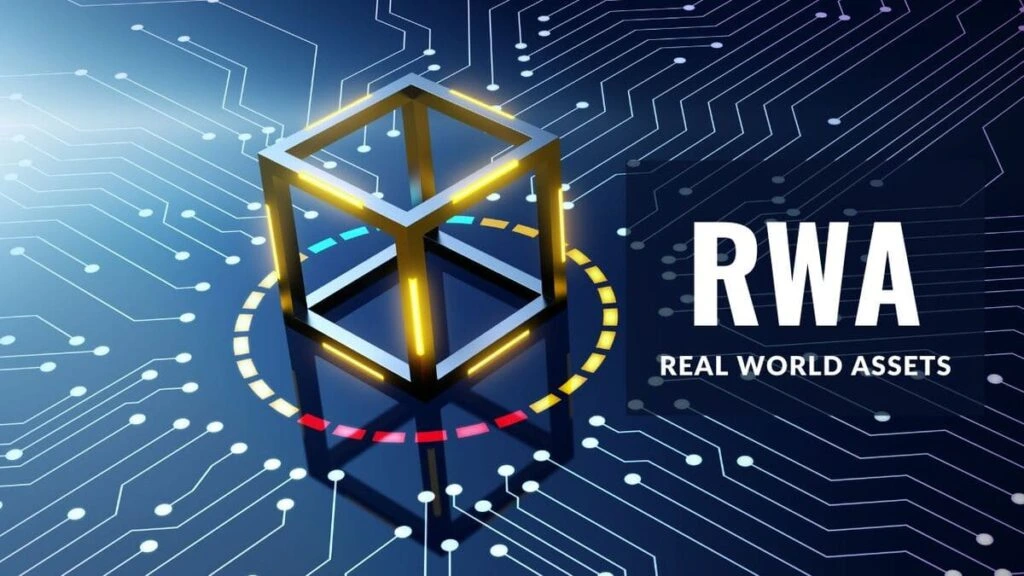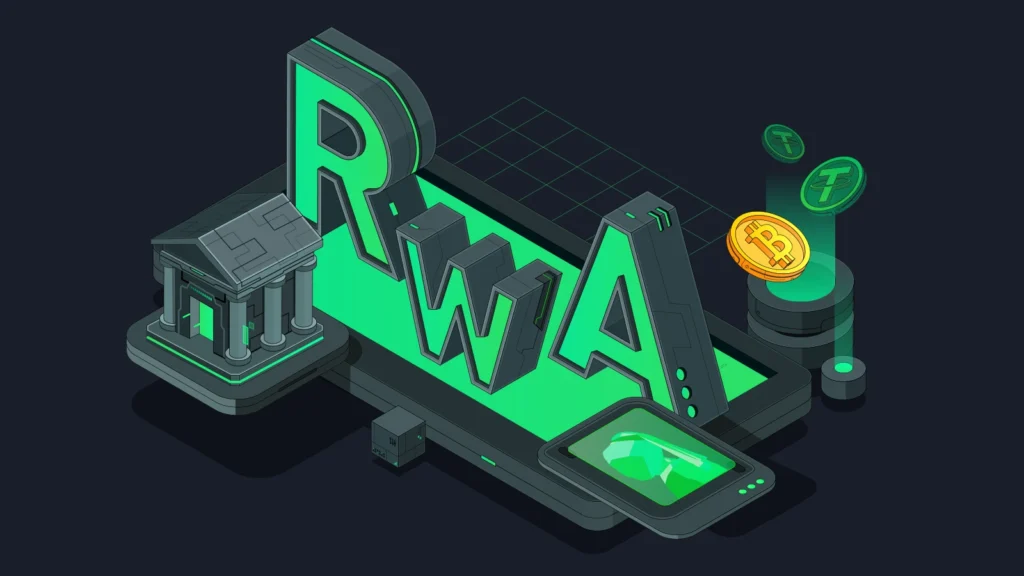Tokenizing Real-World Assets: The RWA Benefits & Pitfalls You Need to Know
November 16, 2024

Tokenizing Real-World Assets: A Pros & Cons Breakdown of RWA Benefits
Tokenized real-world assets (RWAs) are showing up in headlines, pitch decks, and investor portfolios everywhere. But what’s driving the hype—and is it actually justified? From luxury real estate to fine art and rare collectibles, turning physical assets into tradable blockchain tokens opens up a world of opportunities. Yet it’s not all green candles and instant liquidity. Here’s a no-spin breakdown of the RWA benefits and the key challenges to watch out for.


ROS: The Key RWA Benefits Driving Adoption
1. Accessibility for All Investors
Pro: Tokenization lets people invest in assets once reserved for the ultra-wealthy.
Fractional ownership means you no longer need $1 million to get exposure to high-value assets like Manhattan real estate or private equity funds. Anyone with a few hundred dollars (and an internet connection) can participate.
Why It Matters: It’s democratizing access to asset classes that were previously off-limits.

2. Improved Liquidity
Pro: Tokenized RWAs can be traded on secondary marketplaces.
Traditional assets—like property, art, or private shares—are notoriously illiquid. With tokenization, you can trade fractional ownership without needing to wait months (or years) to exit.
Why It Matters: It brings a level of flexibility to long-term assets, enabling faster portfolio rebalancing.

3. Transparency and Traceability
Pro: Blockchains record every transaction, ownership change, and update in real-time.
Once an asset is tokenized, its lifecycle is transparent, auditable, and in theory, immutable.
Why It Matters: This can reduce fraud, boost trust, and make due diligence easier for investors.

4. Operational Efficiency and Lower Costs
Pro: Say goodbye to layers of middlemen.
Tokenization cuts out intermediaries, slashes paperwork, and automates transactions using smart contracts.
Why It Matters: It reduces friction and can lower the costs of transferring ownership—especially for cross-border transactions.

5. Global Capital Reach for Issuers
Pro: Issuers can tap into a broader investor base.
Asset owners no longer have to pitch to a few funds or banks. Instead, they can tokenize and access a global pool of micro-investors.
Why It Matters: This increases funding options and allows for creative new financial structures.
CONS: The Caveats and Challenges of Tokenized RWAs against RWA Benefits
1. Regulatory Uncertainty
Con: The rules around tokenized assets are still evolving.
In many jurisdictions, there’s no clear framework for how RWAs should be treated. This creates risk for both investors and issuers.
Watch Out: Projects might comply in one country but face legal issues in another.

2. Token Liquidity Isn’t Guaranteed
Con: Just because something can be traded doesn’t mean it will be.
If a tokenized asset doesn’t have buyers on the secondary market, you’re still stuck. Thin liquidity is a real issue in many early-stage projects.
Watch Out: Don’t assume instant exits are always possible.
3. Platform Risk and Interoperability Issues
Con: Not all token platforms talk to each other.
Buying tokens on Platform A doesn’t mean you can use them—or sell them—on Platform B. Plus, there’s always a risk the platform could shut down or get hacked.
Watch Out: Stick with reputable, audited, and well-capitalized platforms.
4. Smart Contract Vulnerabilities
Con: Code isn’t always law.
Bugs, exploits, and poorly written smart contracts have caused significant losses in the past. Even with audits, nothing is ever fully bulletproof.
Watch Out: Technical risks still exist, especially with newer or less transparent projects.
Final Thoughts: RWA Benefits Are Real—But So Are the Risks
There’s no doubt that tokenizing real-world assets is opening up game-changing possibilities. The RWA benefits—accessibility, liquidity, transparency, efficiency—are tangible and exciting.
But this is still a maturing space. With regulatory ambiguity, platform risks, and technical challenges in play, it’s important to approach RWA investing with curiosity and caution.
Bottom Line: Tokenized assets are not a magic bullet. They’re a powerful tool—if you understand both the upside and the fine print.
Relevant Link : Here

